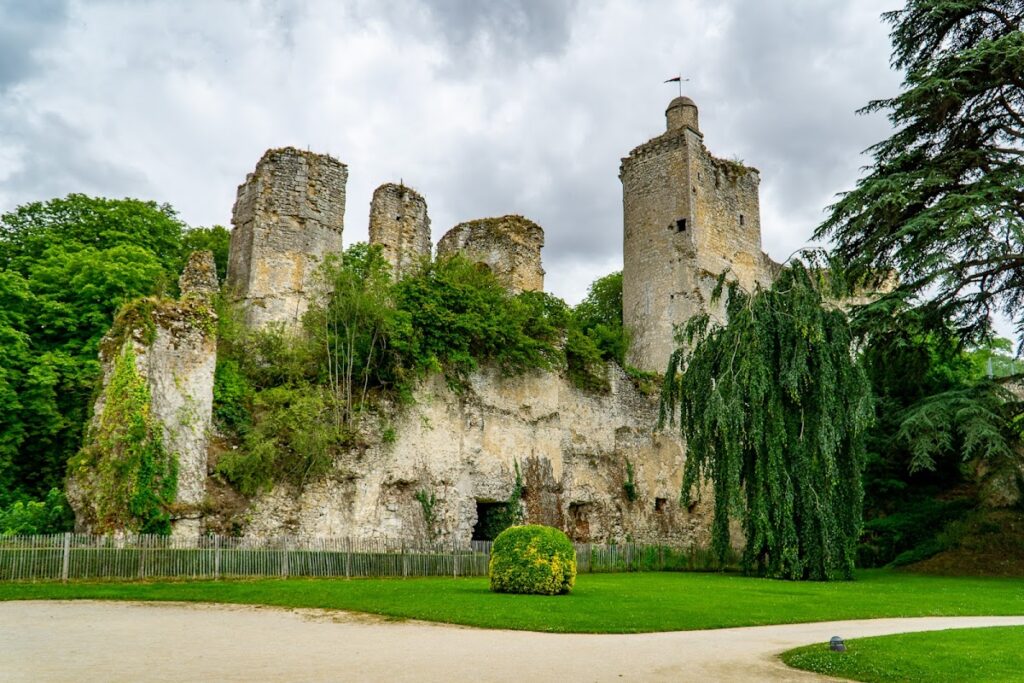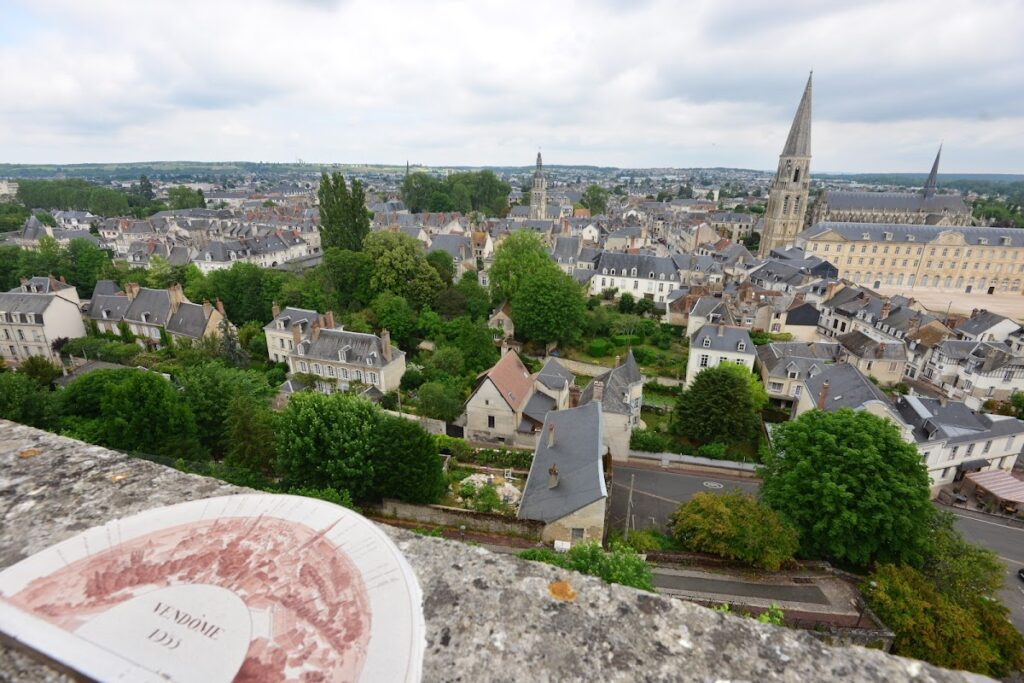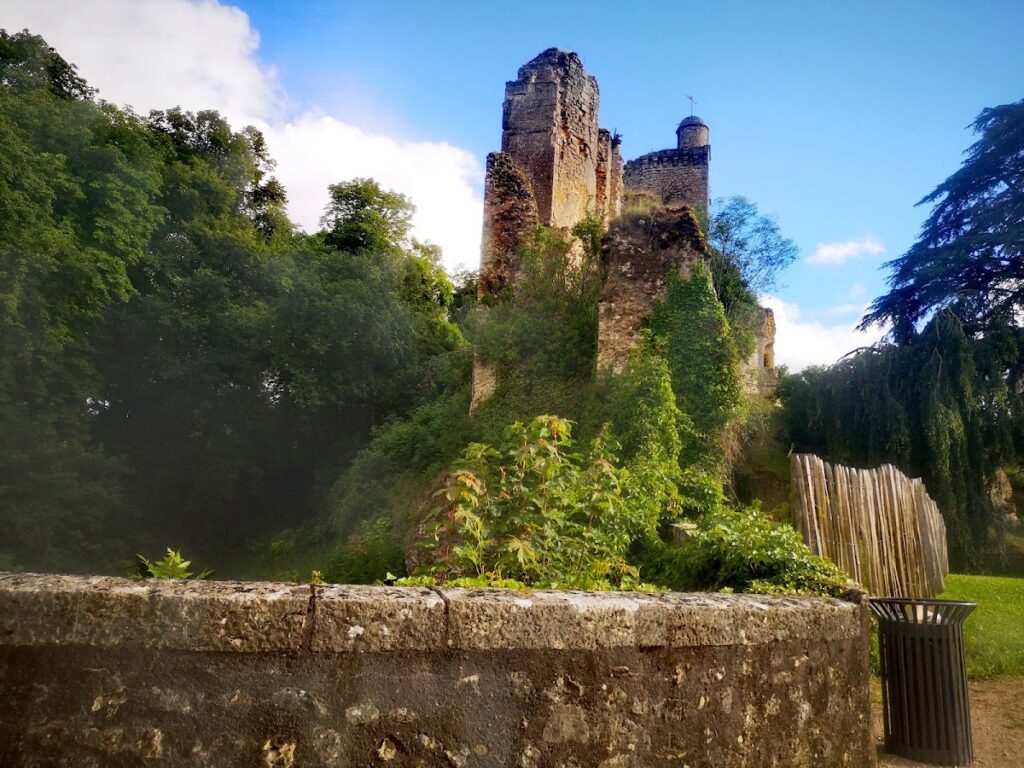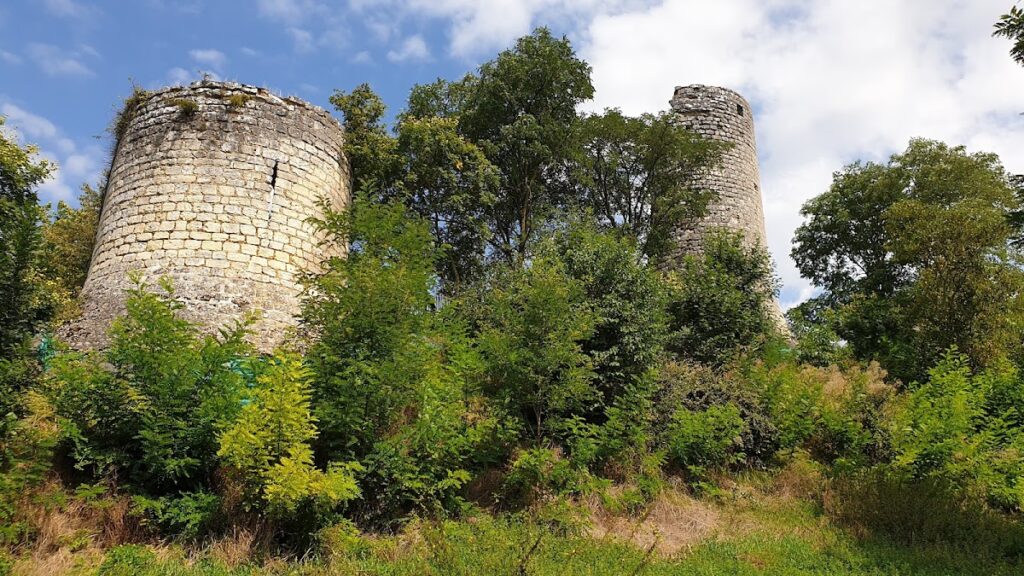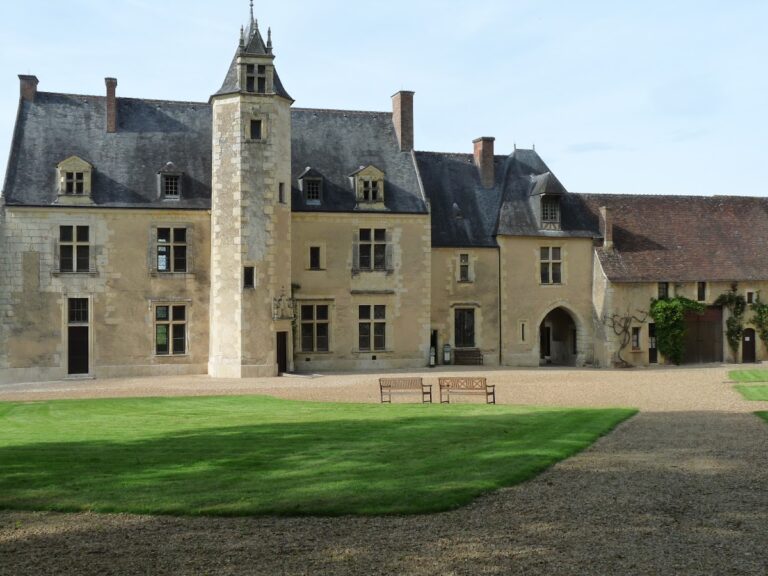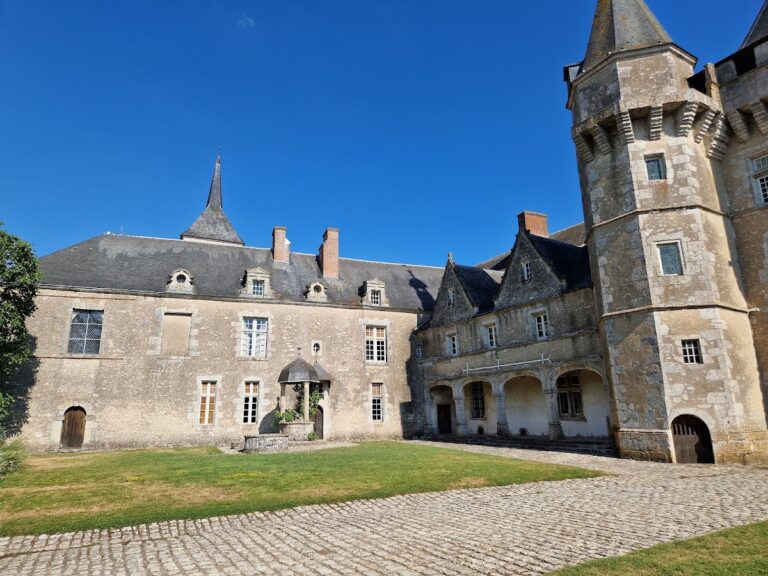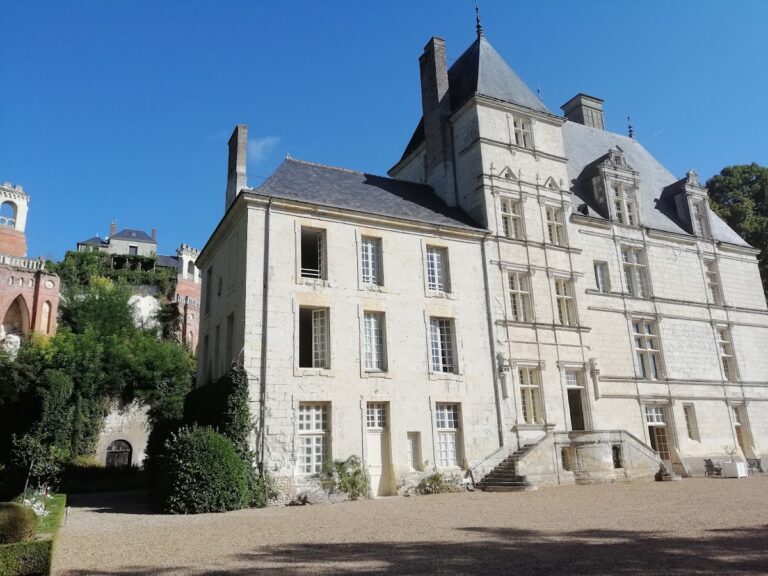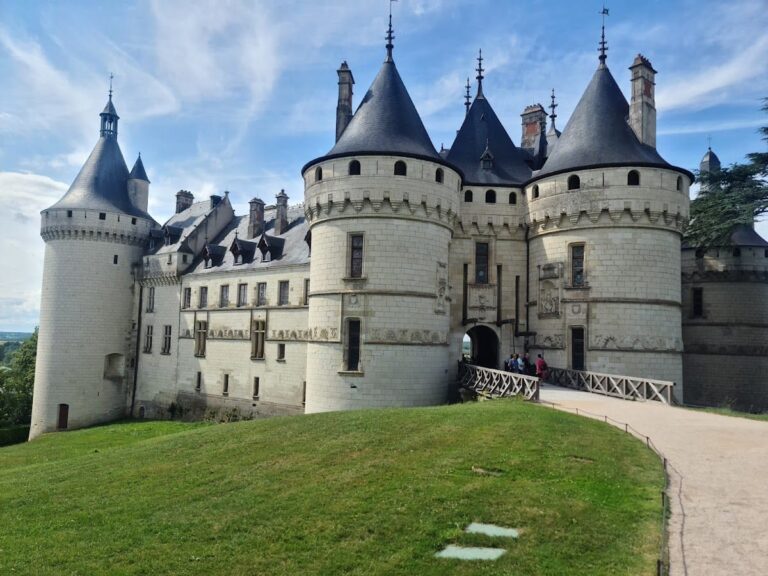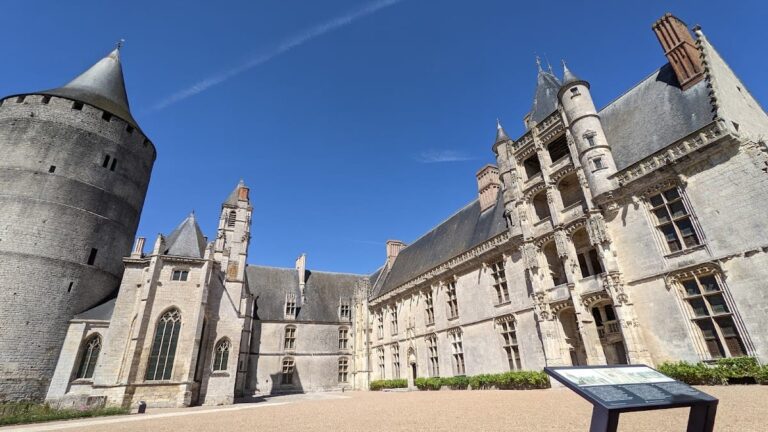Château de Vendôme: A Historic Medieval Fortress in France
Visitor Information
Google Rating: 4.4
Popularity: Low
Google Maps: View on Google Maps
Official Website: www.chateaudevendome.fr
Country: France
Civilization: Unclassified
Remains: Military
History
The Château de Vendôme, built by medieval French lords, is located on a strategic hill in the town of Vendôme, France. Its position commanded an important route between Chartres and Tours, making it a key military and administrative site throughout the Middle Ages and beyond.
The earliest record of fortifications at Vendôme appears in the 6th century, specifically in the Treaty of Andelot in 587, suggesting that the site’s defensive role dates back over a millennium. During the 10th century, the counts of Vendôme, including Bouchard I, began to establish authority here. By the 11th century, stone fortifications replaced earlier defenses in an area called “la capitainerie.” This phase included a quadrangular keep (donjon), curtain walls around the enclosure, and notable towers such as those named Poitiers and Saint-Lubin. The castle formed the seat of the counts and later evolved under the Bourbon-Vendôme family who ruled from the late 14th century onward.
In the early 11th century, Agnes of Burgundy, married to Geoffroy II of Anjou—count from 1032—founded two important religious buildings within the castle: the collegiate church of Saint-Georges and Saint-Lubin’s church for people living outside the castle walls. The 12th century saw further reinforcement and enlargement, likely under Geoffroy III (1102–1144), including the heightening of the initial enclosure, adapting the castle to rising military needs.
The fortress was pivotal during regional conflicts in the 12th century. In 1170, King Louis VII of France and Henry Plantagenet (later Henry II of England) met at the castle, signaling its diplomatic importance. Three years later, familial strife erupted when Bouchard de Lavardin seized the stronghold from his father Jean I, prompting intervention by Henry II. In 1188, though the surrounding town was handed to King Philip II Augustus of France, the castle itself resisted capture, reflecting its robust defenses.
From the late 14th century into the 15th century, the castle evolved to include more civil and residential structures. The northern side was enhanced with three pavilion towers and interconnected living spaces. A significant residential building from the 15th century measured 24 by 11 meters, featuring a large stair tower that linked new quarters to the older sections. The castle also functioned as a place of justice; in 1458, the trial of Duke Jean d’Alençon was held there under King Charles VII.
The Renaissance period saw the Château de Vendôme as the birthplace of Louis, who would become Prince of Condé, in 1530. Later, during the Wars of Religion at the end of the 16th century, Henri de Bourbon, Duke of Vendôme and future King Henri IV, used the castle as a military base in 1589 when recapturing the region from the Catholic League. The castle and town endured a siege before falling under his control.
In the early 17th century, Duke César de Vendôme initiated modernizing works aiming to adapt the medieval fortress for contemporary needs. He constructed a large ramp leading to the castle with three grand gates and created a new southern entrance called the porte de Beauce. He relocated the parish church of Saint-Lubin beyond the castle’s walls and altered the collegiate church of Saint-Georges, which became a parish church in 1626. Additionally, César added a new residence beside the old main entrance.
Through the 17th and 18th centuries, the Château de Vendôme gradually fell out of use, particularly after the Vendôme duchy was absorbed into the royal domain in 1712. During the French Revolution starting in 1791, parts of the castle were sold off, resulting in the dismantling and sale of building materials. In the 19th century, some owners, notably the count de Beaumont, began conserving what remained and eventually donated surviving walls and towers to the town.
In 1840, the castle was officially recognized as a historic monument. The early 20th century saw efforts to make the main keep, the Poitiers tower, accessible through the addition of floors and stairs. More recently, part of the castle suffered structural collapse in 2001, underscoring its vulnerability. Restoration projects were launched in 2019 to stabilize and rehabilitate the ruins, with work planned through late 2024.
Remains
The Château de Vendôme occupies a naturally defensible rocky plateau approximately 170 meters long and 100 meters wide. The site is protected by a deep semicircular ditch carved into the plateau’s side, with steep drop-offs into a valley to the west, forming a natural defense. The medieval fortress’s core walls date mostly from the 12th century, featuring additional defensive towers from the 13th century, likely built to accommodate royal visits by King Louis IX and Queen Blanche of Castile.
At the northwestern end stood the original 11th-century quadrangular donjon, marking the site called “la capitainerie.” Today, only faint traces of this keep survive. The dominant feature of the castle is the Poitiers tower, a massive stone keep reinforced during the 14th century. In the 15th century, it was adapted to include a dungeon, an underground detention area. This tower still rises above the ruins, symbolizing the fortress’s medieval strength.
Along the northern side of the castle, residential quarters and three pavilion towers were added between the late 14th and 15th centuries. One notable 15th-century structure is a large quadrangular building, measuring 24 meters by 11 meters, featuring a monumental stair tower. This stairwell connected the new building with older living quarters via a corridor, facilitating movement within the complex. Adjacent to this residential zone was the collegiate church of Saint-Georges, founded in the 11th century, serving as the burial site for the counts and dukes of Vendôme, including Bourbon dynasty members. Though severely damaged during 16th-century religious conflicts and the Revolution, its footprint remains outlined by yew hedges planted in 1935.
The castle also contained underground galleries probably built in the 15th century. These passages likely served defensive or storage functions beneath the main structures. Below the main fortress, a lower courtyard known locally as rue Ferme was enclosed with fortified gates and housed residences for the canons of the collegiate church, integrating religious life within the protective complex.
In the early 1600s, Duke César de Vendôme added significant features to improve access and defense. He constructed a substantial ramp leading to the castle entrance, flanked by three monumental gates that provided a more formal approach. A new southern gate called the porte de Beauce was pierced through the old walls to facilitate this route. Against the old western entrance, César built a new lodging, and the parish church of Saint-Lubin was relocated outside the castle’s courtyard to accommodate these changes.
Today, the Château de Vendôme remains a collection of ruins that include partial curtain walls facing south and west, the Saint-Lubin tower, and remnants of powder magazines with associated underground structures. These elements have been recognized and protected as historic monuments since 2021. Among the castle’s later additions stands a majestic cedar tree planted in 1807, symbolizing the site’s transformation into a park-like setting. While partly ruined, the remaining walls, towers, and fortifications continue to convey the castle’s long history and layered development over the centuries.
